“You go to Bitola?” said the guy behind the hostel’s front desk when I told him our travel plans. “Everyone goes to Bitola but no one goes to Kruševo,” he complained.
“I’ll go. Where is it?”
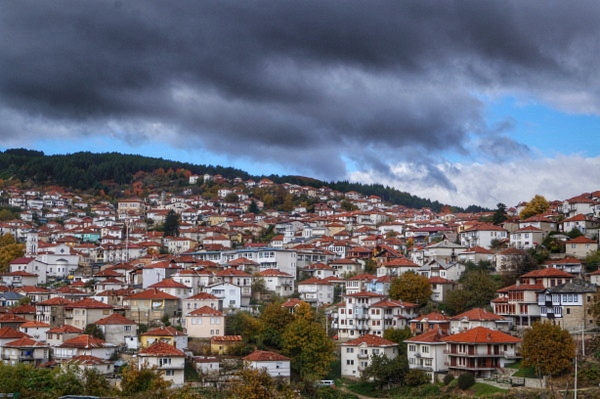
Kruševo
There’s no immediate reward in visiting the highest town in the country. No plaque acknowledging the feat. No magnificent view point overlooking Macedonia. Nudda. In fact, arriving in Kruševo is pretty uneventful.
I stepped off the the small, bouncy mini bus from Bitola not knowing if I would stay. Times posted on the window of a closed shop told me I could be on my way to Prilep in two hours if I chose. My fellow passengers dispersed quickly. In other Balkan towns I was often approached by strangers asking me if I needed a place to stay or somewhere to eat and I was counting on the same thing happening here. But I walked up the hill to the town centre undisturbed.

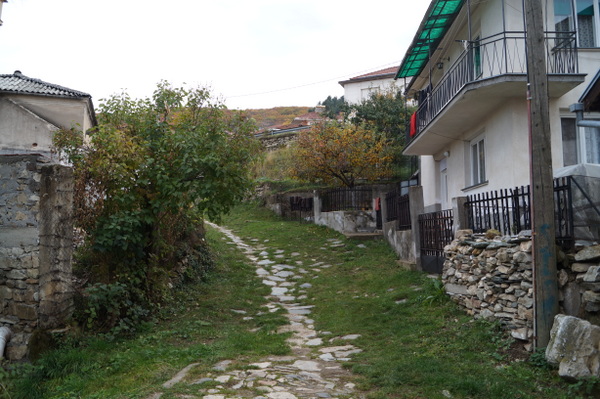
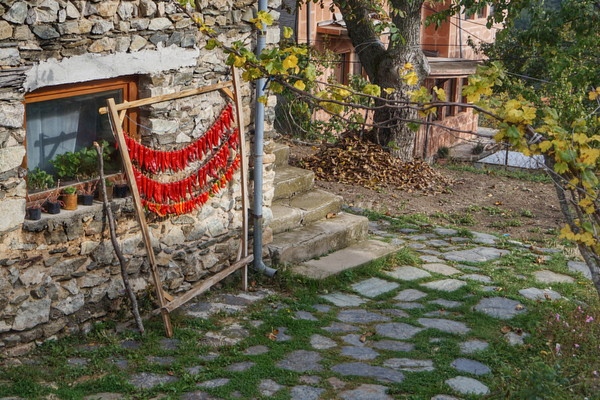
The town centre was quiet. The cafes were deserted and I mistook them as closed. The shelves inside the tiny bakery were nearly empty. Had everyone bought their bread for the day or was there hardly anything there in the first place, I wondered. I found faded signage for a tourism information centre at the back of a courthouse, but nothing to help me. I pulled my luggage over the uneven footpaths, keeping my eye out for accommodation. I knocked on doors, rang bells and tapped on windows. No one answered.
Inside the large gates surrounding Villa La Kola I spotted someone cleaning. “Soba?” I said, using the Macedonian word for “room”, unsure if the man spoke English. “Soba,” he replied with a nod, walking out onto the street and indicating me to follow as he walked down the road, back to Casa La Kola, a yellow guesthouse with a doorbell I’d rang four times five minutes earlier. For €15 I would have a room with a king-size bed, TV with English channels, bathtub, heater, wifi and breakfast in the morning.

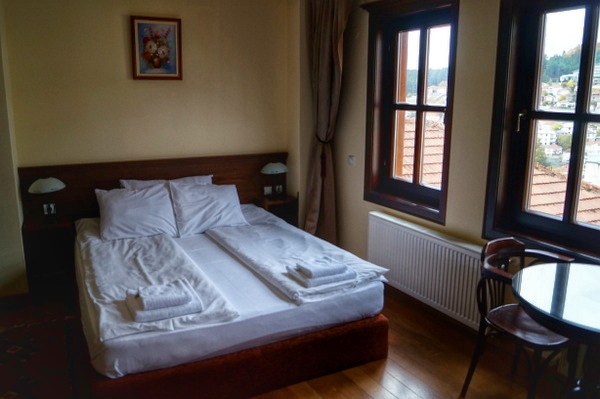
Kruševo has a lot of history, although I didn’t know that at the time. After an hour or so walking around the town, I’d thought the most exciting thing I’d do in Kruševo was some laundry or have a bath. But a flip through a tourist brochure I found in reception revealed some sights I decided to hunt down.
The monument
Macedonia was under the rule of the Ottoman Empire when rebels invaded and captured Kruševo during The Ilinden Uprising in 1903. The rebel-led revolutionary government established the Republic of Kruševo, which existed for 10 days before Ottoman forces reclaimed the town. The moment was short-lived, but significant. It’s considered a contributing factor to the eventual permanent overthrow of the Ottoman Empire. There is a strong push to keep a lot of traditional architecture in Kruševo to commemorate the event and honour the town as it was at the time of the uprising.
But they’ve also found another way to mark the occasion. About 60 years after the fact, a monument commemorating the uprising was revealed on a hill overlooking the city. It’s called Ilinden Spomenik, or Makedonium and it looks like this.
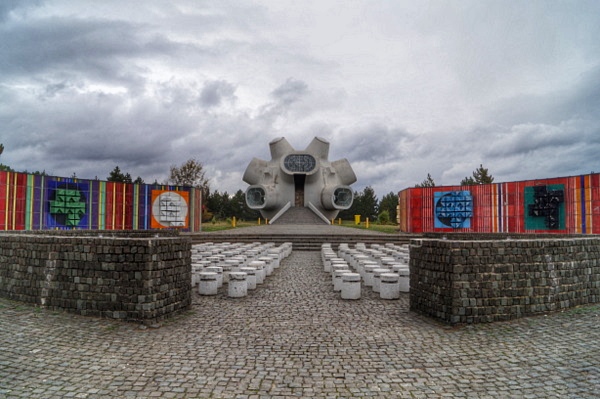
Yep. Seriously.
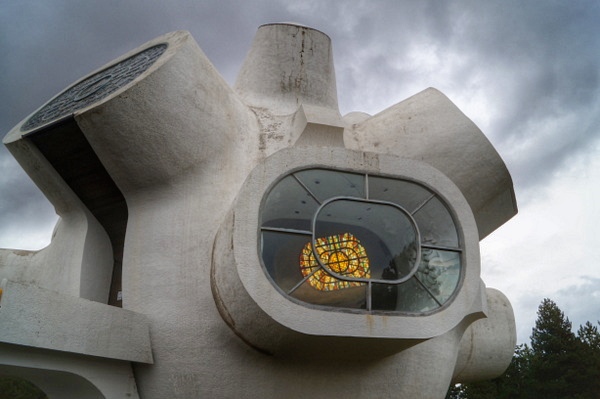
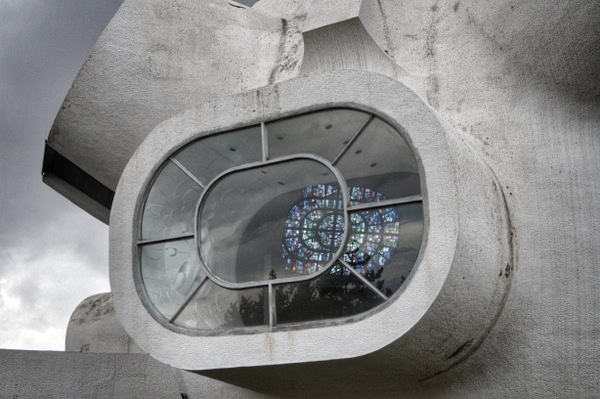
Makedonium resembles a space helmet. Or internal organ. Either way it’s weird. Really weird.
The area was deserted, including the surrounding crypt (two curved walls with what looked like cannons sticking out, each bearing a plaque with names or dates remembering significant people and events before, during and after the uprising) and the amphitheatre (brightly coloured and patterned walls with a mass of short, white columns in the middle).
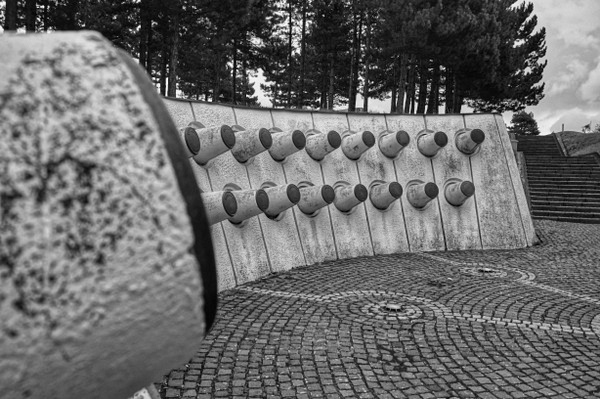
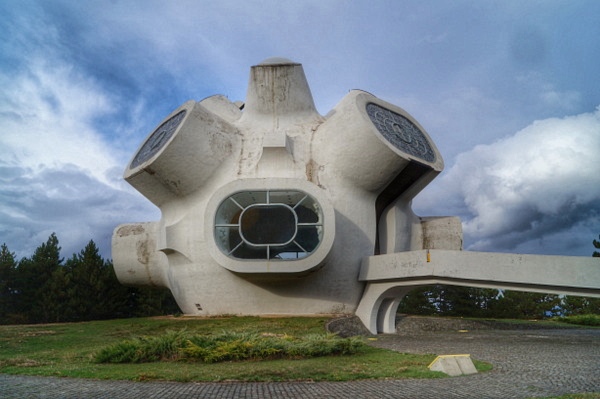
A sign on the door listed entry prices but no opening times. I peered through the gap in the large wooden door and spotted some sort of altar. I later learnt it holds the tomb of Nikola Karev, head of the insurrection and the Republic of Kruševo. It was one of those times I would have loved a guide or even a guidebook, to explain what on earth this ridiculous building is all about.

The lost star
I stumbled on the grave of Toše Proeski by accident. I had been on my way to the Makedonium and took a shortcut through the graveyard on the hill. I didn’t take much notice of the white tent filled with flowers and candles. I assumed the students outside the gate were also visiting the Makedonium. On my way back I stepped inside, drawn in by the masses of photos and messages.
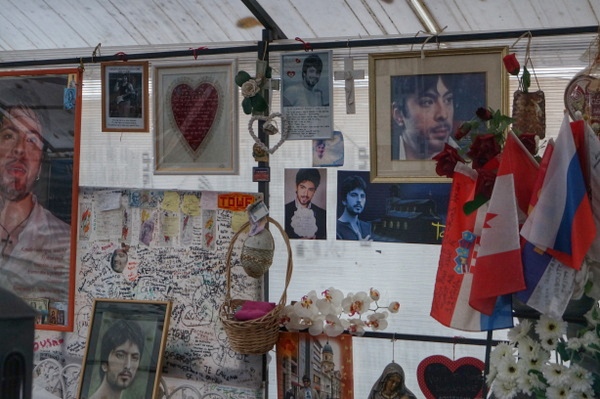
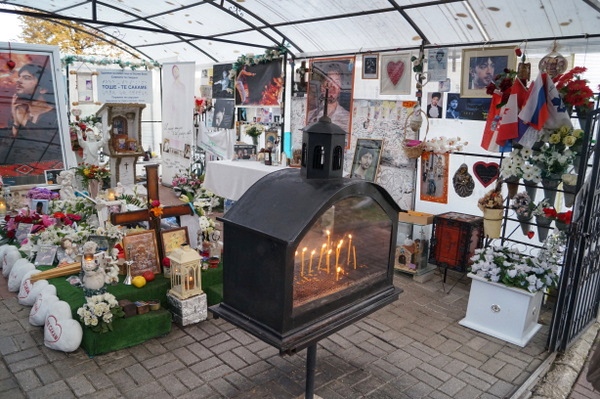
It took a few minutes to realise the photos were of the same person. The posters of the young, smiling heartthrob were probably straight off some teenage girl’s bedroom wall. The messages came from all over the world: Thailand, Spain, Australia. His fans spoke of inspiration, heartbreak, happiness and loss.
Three women sat on benches inside the tent, staring at the grave and wiping tears on their face.
Who was this guy?
Toše Proeski was the Balkan’s biggest popstar, even nicknamed “Elvis of the Balkans”. He was a superstar throughout the region and represented Macedonia at Eurovision in 2004. He had 13 number one hits in Macedonia and most of those singles also topped the charts in Serbia, Bosnia and Herzegovina and other Balkan countries. But he died when he was 26, killed in a car accident in 2007. Just how big was he? Well, after the accident in Croatia, his body was taken to Skopje in a helicopter belonging to the Macedonian army; he received a state funeral and the day after this death (October 17) was declared a national day of mourning.
Although Toše was born in Prilep, he grew up in Kruševo and that’s where he was buried. The grave is at the top of the cemetery and a short walk from the Toše Proeski Memorial House, which displays some of the star’s belongings and memorabilia.
The restaurant I had dinner at had lots of photos of Toše on the walls and a video of one of his concerts playing on a TV in the corner. I couldn’t work out if it was just for show or if the locals genuinely admired the star to that extent.
The man with the stone
On my last morning the guesthouse owner arranged a taxi to take me to Mečkin Kamen. I remembered the man at the hostel in Ohrid saying something about a man throwing a stone – I assumed this was what he was talking about.
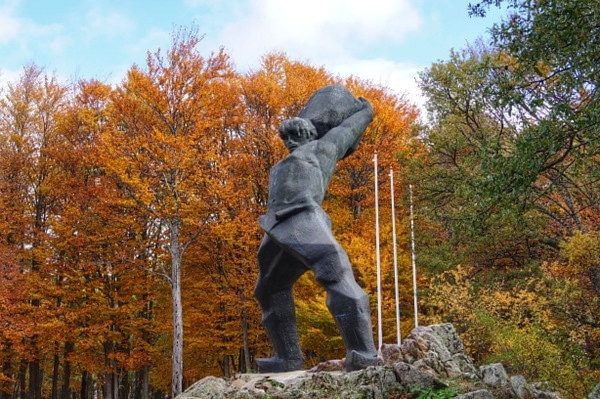
The statue was built where Pitu Guli, another leader of the Republic of Kruševo along with Nikola Karev, was killed during the Ilinden Uprising. The giant statue is bizarre, but after visiting the Makedonium the day before, nothing was surprising me in this town.
It was barely four degrees when I told the taxi driver not to wait for me as I planned to walk back to town. He was reluctant to leave me, but the walk back along the tree-lined road was worth it.
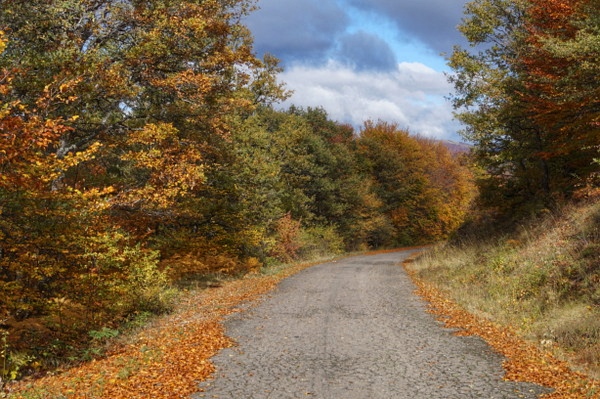
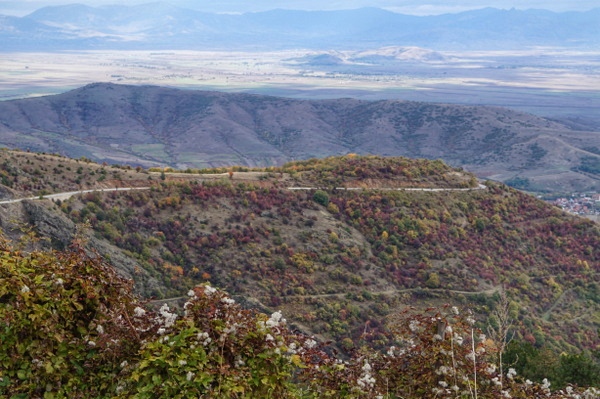

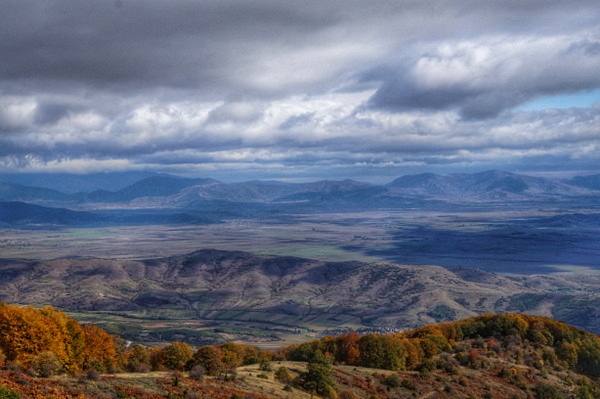
Should you visit Kruševo?
Kruševo was my favourite place to visit in Macedonia. Yes, even over Ohrid. I knew nothing about the town before I arrived and found it random and extremely amusing. It’s a place I definitely won’t forget in a hurry. But would I recommend visiting? If you have limited time in Macedonia, then probably not. Places like Ohrid, Bitola, Skopje and Matka Canyon have more to offer. However, if you’re tired to battling tourists everywhere you go then a stop in Kruševo may be just the ticket.
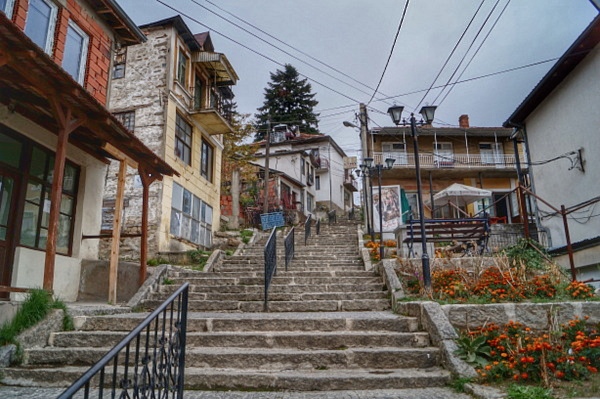


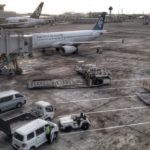
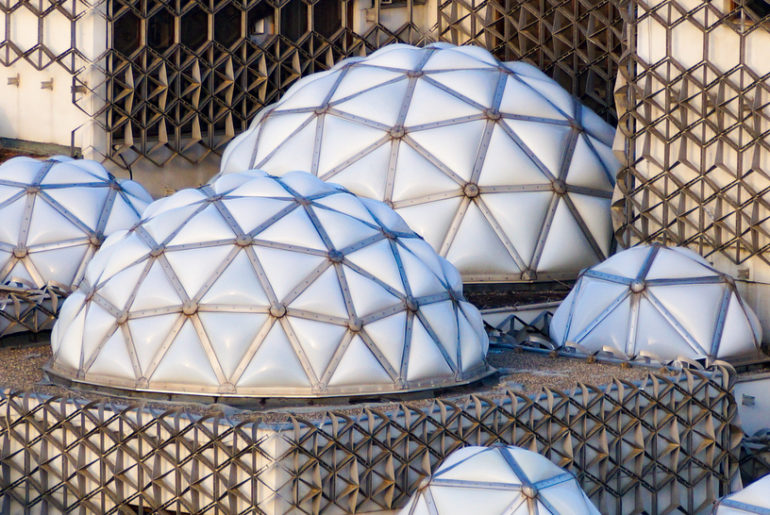
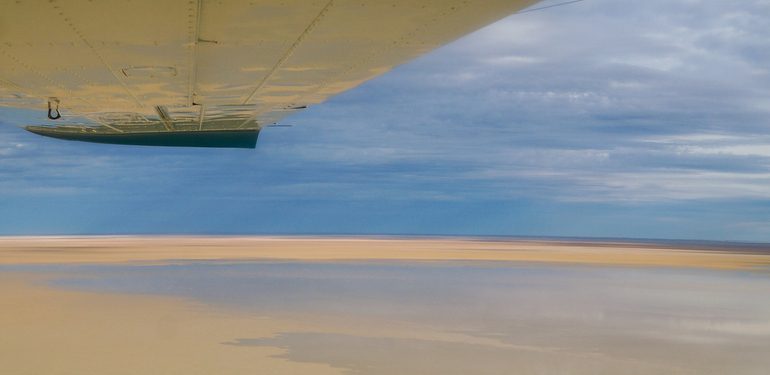
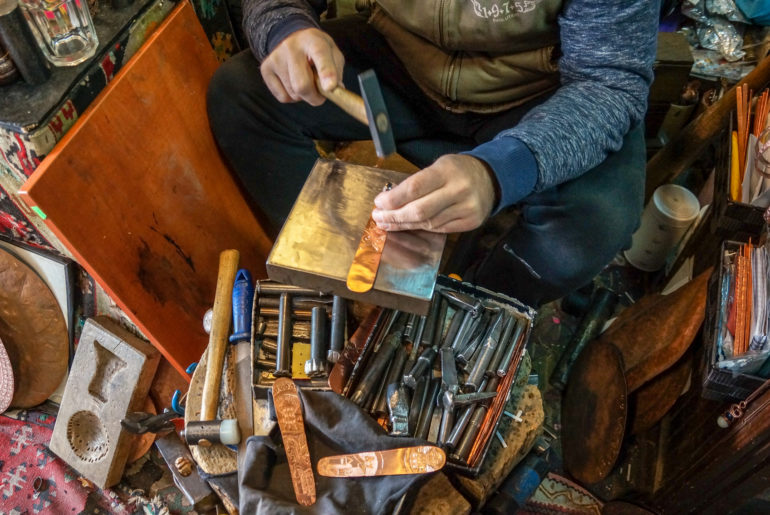
6 Comments
Most honest comments I have found to date. The photographs are great. I’m currently searching for ‘homestay’ accommodation, but not much information here in Australia. Maybe best to check it out once I arrive!!
Hi Helen, no there’s not much information about at all, which can make things difficult when planning your trip from afar. Depending on the time of year you’d like to arrive, I think you’d be fine to turn up without anything booked. I just walked around and knocked on doors until I found something.
How ironical, I have just read a bit more about you and I too am a Tasmanian, now living in sunny Queensland. Retirement looms and travel is squarely on the agenda. Thanks for your input and advice.
Love reading your blogs on Albania! My boyfriend is from Kukes then he moved to Tirana when he was young with his family and they settled in th UK. His friends are Albanian and Kosovan. The part about relationships in Albania is true as his parents don’t know about us. I hope I can too travel around Eastern Europe your very much an inspiration
I’m planning on a quick stop in Krusevo later this week just to visit the Makedonium building. Nice to stumble across your page, great read.
I did go to Krusevo and after a week moved onto Ohrid . I loved the little town and the Church of Sv Preobrazenie at Busava, which was rebuilt by Tose Proeski. I would definitely recommended this town as a worthwhile place to visit.